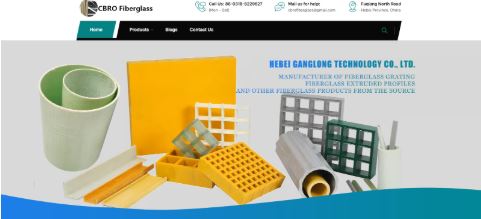Economic and Efficient Design of Cable Ladders
Cable ladders offer an economically viable and efficient solution for cable management, particularly in large-scale installations that require durability and flexibility. These systems are used to support and route electrical cables, making them a go-to choice in industrial, commercial, and infrastructure projects. The economic design of cable ladders ensures they provide maximum support without incurring excessive costs, while their efficient structure facilitates easier installation and maintenance.
Cost-Effective Solution for Cable Management
One of the key advantages of cable ladder is their cost-effectiveness. Compared to other cable management systems like solid-bottom cable trays, cable ladders require less material due to their open-frame design. This results in a more affordable installation without compromising on strength or safety. Furthermore, their modular construction allows for easy customization, reducing the need for expensive, bespoke solutions.
In large facilities or industrial environments, cable ladder can be adapted to accommodate varying cable loads, which allows for scalable systems that grow with your needs. For instance, heavy-duty cable ladder can support high-volume wiring, while lighter-duty versions are suitable for less demanding installations. This adaptability makes them ideal for projects with tight budgets or long-term scalability requirements.
In addition, some advanced cable ladders may incorporate Chopped Strand Mat materials for added structural reinforcement, enhancing the strength and stability of the ladder in more demanding environments.
Efficient Design for Easy Cable Routing
The design of cable ladders makes them an efficient solution for managing both large and small cables. The open structure of cable ladders provides several benefits:
- Improved Airflow: The gaps between the rungs of the ladder allow for natural ventilation, which helps prevent cables from overheating. This is particularly important in environments where electrical systems run continuously or in areas prone to high temperatures.
- Simplified Cable Routing: Cable ladders allow cables to enter or exit at any point along the span, which is useful for creating flexible and accessible cable management systems. This design makes it easier to route cables through difficult-to-reach areas without requiring extensive reconfiguration.
- Ease of Installation: The modular nature of cable ladders makes them quicker to install than many alternative cable management systems. Since they are available in standard lengths (often 3 or 6 meters), installation teams can efficiently assemble the system without the need for extensive cutting or adjustments.
To ensure durability and performance in harsh conditions, some cable ladders use Fiberglass Sheets for the structure, offering superior resistance to chemical exposure, heat, and physical stress. This makes them ideal for environments where traditional metal ladders might corrode or degrade over time.
Durability and Long-Term Savings
Cable ladders are known for their durability, which adds to their long-term cost-effectiveness. Materials such as galvanized steel and stainless steel are commonly used, providing excellent resistance to corrosion, wear, and environmental factors. These materials ensure that cable ladders remain functional and safe over the years, reducing the need for frequent repairs or replacements. In particularly harsh environments, fiberglass ladders can be employed to resist chemical exposure and extreme temperatures.
This resilience contributes to long-term savings. Since cable ladders require less maintenance and have a longer lifespan than some alternative solutions, they offer an ongoing return on investment. Regular inspections and maintenance are simplified by their open structure, allowing easy access to cables for troubleshooting and repairs.
Environmental Benefits
In addition to being economical and efficient in design, cable ladders can also offer environmental benefits. Their modular nature means they can be easily adapted or expanded as needed, reducing waste during installation. Moreover, since cable ladders are typically made from recyclable materials like steel and aluminum, they contribute less to landfill waste compared to other cable management systems that may be difficult to recycle or dispose of.




